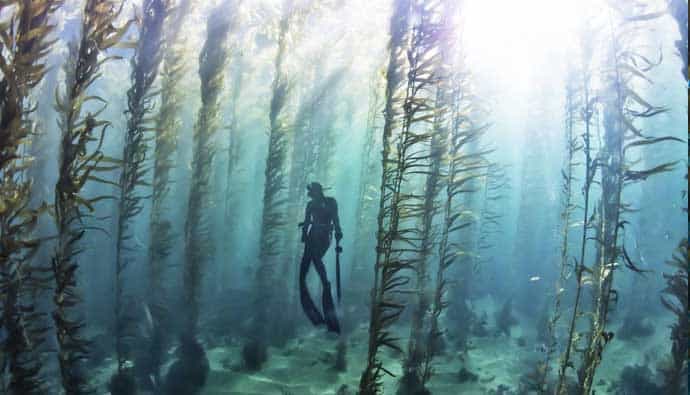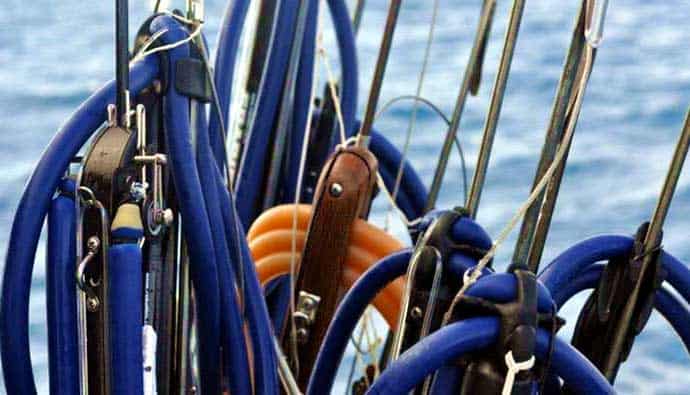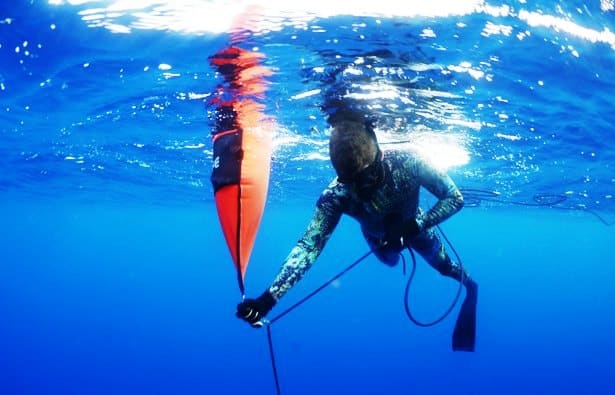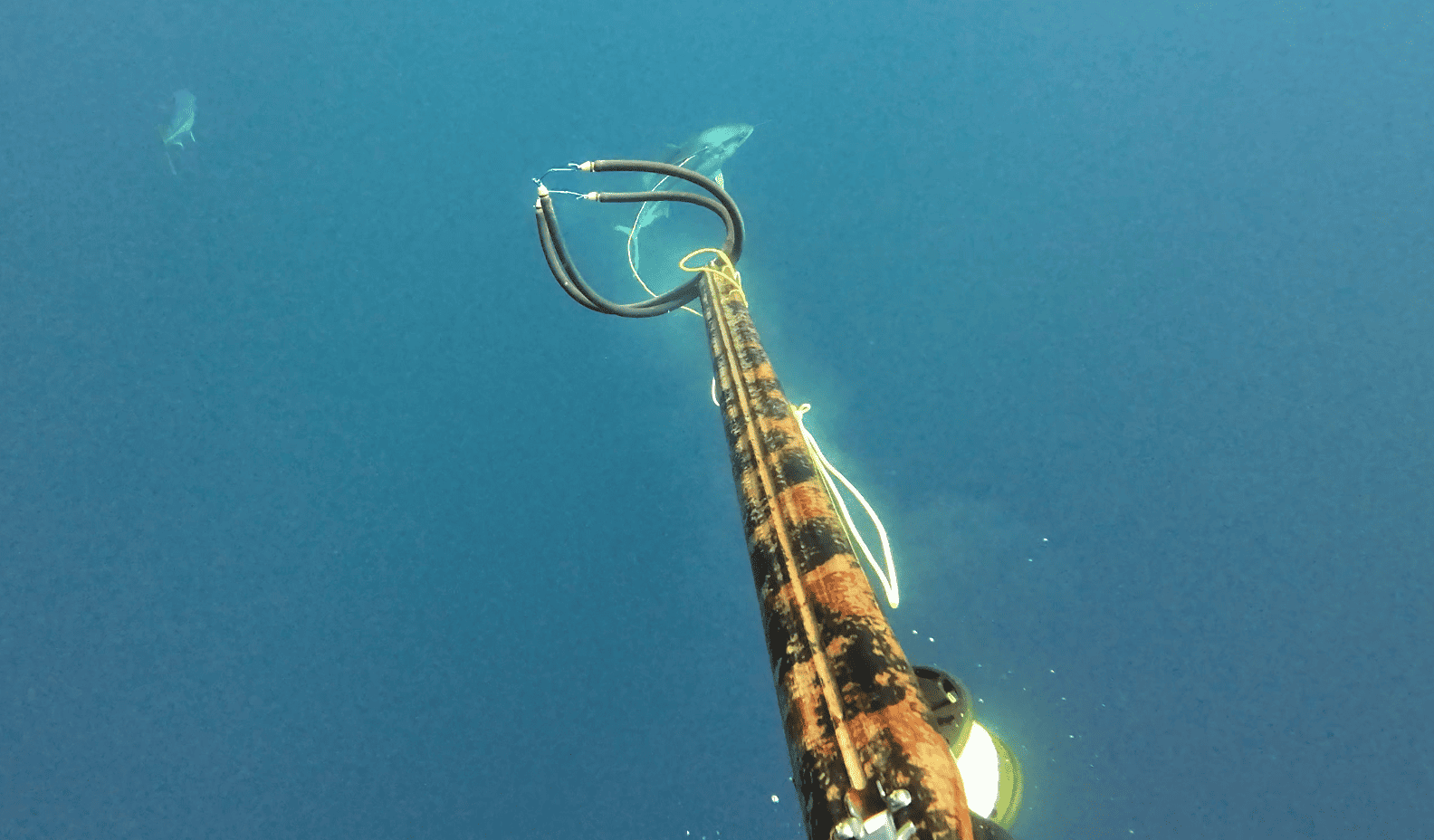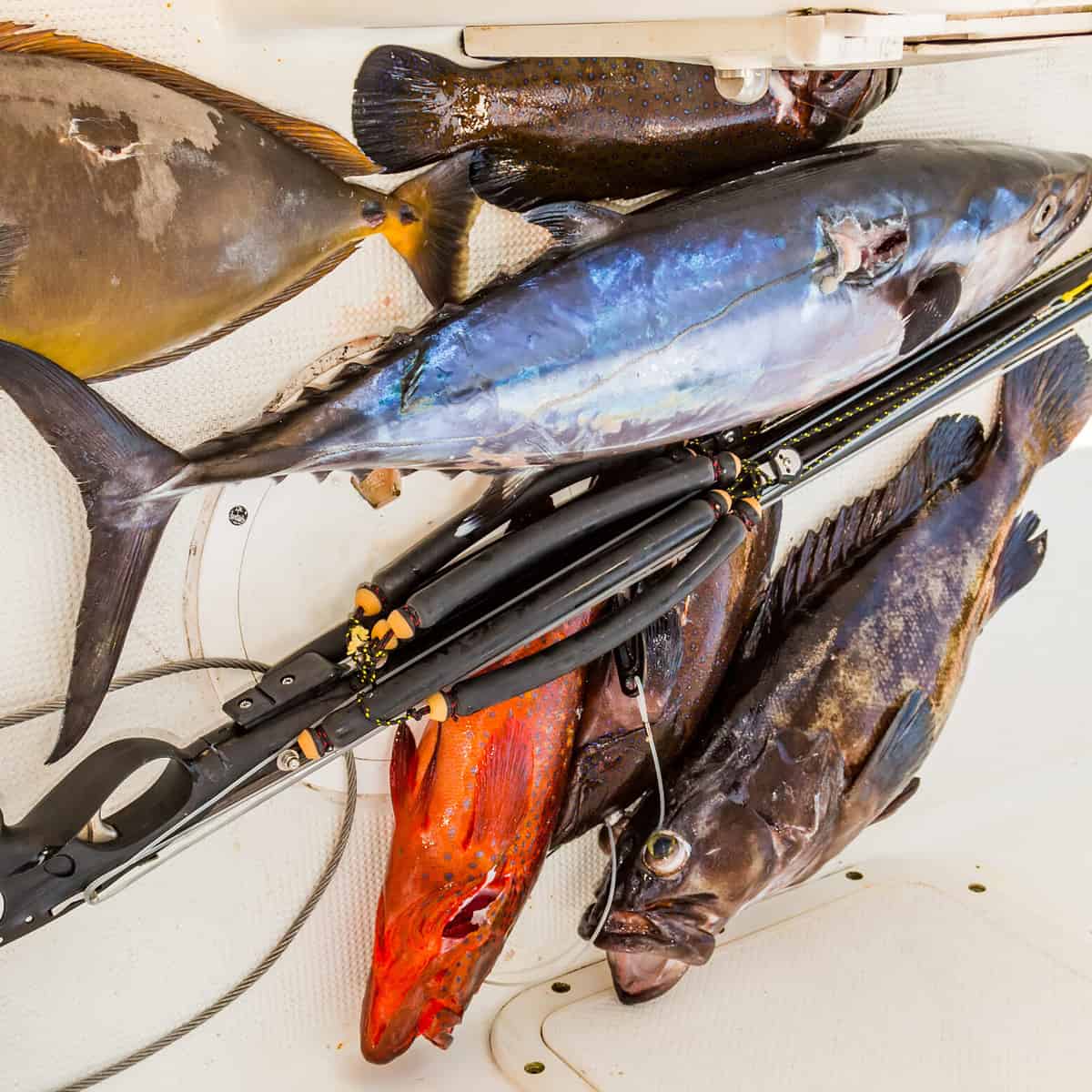Holding your breath longer is a coveted skill for breath-hold diving or known as free diving. By using the right breathing techniques underwater, you can extend your breathing capacity so you can increase the time you can go safely without the use of any apparatus.
In freediving, you don’t have to be an expert in spearfishing or scuba diving, but you have to train your body to tolerate high levels of carbon dioxide and get used to low levels of oxygen in order for you to hold your breath longer.
In this article, learn different drills and breathing techniques from the expert Ted Harty of Immersion Freediving to increase your ability to hold your breath longer underwater, and we’ll give you some tips on how to be on the safe side while doing it.
So without further ado, here’s how to hold your breath longer.
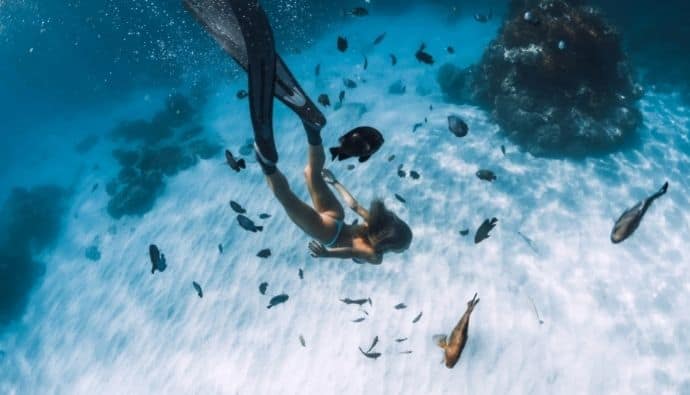
Training Techniques
Knowing how to breathe properly is one of the important aspects of freediving. The rhythm of your breathing is an essential factor in order for you to have a proper disposition underwater.
Diaphragmatic Breathing
On a normal basis, chest muscles are used for breathing, but since it’s only for shallow breathing, it can’t be used for freediving. The idea of diaphragmatic breathing is to breathe in slowly and exhale slowly without holding back your breath.
This breathing technique is efficient in diving because as you inhale, the diaphragm tightens as it contracts and moves downward, creating more space in the chest cavity. As you exhale, the diaphragm relaxes as it moves upward in the chest cavity.
You need to practice a pattern where you’ll be comfortable doing it. Practice it by sitting properly or lying on a couch. Take a deep breath using your diaphragm and hold it for a second or two.
Make sure that your stomach is moving and not your chest. Restrict how much air is moving out by exhaling slowly through your teeth and tongue.
Basically, you’re just restricting the coming out of air slowly, but you’re not depriving yourself of air. Unfortunately, the common mistake of those who are practicing this is that they exhale all air at once.
Mammalian Dive Reflex Training
The mammalian dive reflex is a physiological response that the body undergoes when exposed to the waters.
When this is activated, natural bodily processes in the respiratory and cardiovascular systems temporarily change, like the red blood cell management, blood flow, and heart rate. These changes allow you to efficiently use oxygen to let you stay in the water longer.
As soon as your face and nostril touch the water, the mammalian response is triggered. All mammals have this dive reflex, but those exposed to the waters frequently have more strengthened reflexes.
By training your diving physiologically, the efficiency of your dive reflex increases that leads to bradycardia or a decrease in heart rate.
When there’s a slow down in your heart rate while diving, there will be an effective blood shift and to have a limited oxygen consumption. Repetitive deep-diving allows you to develop the lung tissue, thoracic cavity, and diaphragm flexibility, so you can exhale more air to extend your stay underwater.
Negative Pressure Static Apnea (NPSA)
This is another breath-hold training for freediving. It’s commonly used as a warm-up technique before the actual exhale dive. Static apnea training aims to help you relax during breath-holds, to assist you in consuming less oxygen.
You can practice this by exhaling passively while descending about 1-2 meters underwater. Wait for at least two or three abdominal contractions before ascending to the water surface to inhale air. Practice this routine for about 5 minutes before the actual dive.
If you want to train at home, you may try dry static apnea. Sit properly on a chair or lay on a bed. Breathe slowly and calmly for about a minute or two. Then, take a deep breath and exhale it all at once.
Take a deep breath again and hold your breath as you can manage. While holding your breath, divert your thinking into something else and slowly exhale while relaxing your body.
Safety Precautions
- Always practice freediving with a qualified partner at all times. Someone who is trained to conduct rescue and first aid, especially that underwater blackout when diving is inevitable.
- Practice how to inhale deeply. Inhale with a count of 10 or 20 seconds. You’re doing it correctly if your belly expands after inhaling. Also, inhaling from the bottom of your lungs prevents hyperventilation from lessening the chances of blacking out.
- Exhale through your nose slowly underwater. The technique to stay longer is to release inhaled air little by little, gradually decreasing the air on the lungs.
- Don’t force yourself to hold your breath. As soon as you have the urge to breathe, rise back up immediately.
- Be aware of how you exhale underwater. You know that you’re exhaling properly if your body further sinks while releasing the air. Improper exhaling may let your body rise to the water’s surface.
Listen to more freediving tips on the Cast & Spear Podcast
Increasing Lung Capacity
The key to holding your breath longer underwater is to increase your lung capacity. Diaphragm and rib cage flexibility are enhanced to reach your maximum lung capacity, and this can be done through doing these drills:
Belly Breathing
This exercise improves the lung’s expansion and contraction. In addition, it aims to strengthen the diaphragm muscles so a person can take a deep breath easily.
To do this, place a lightweight object on top of your stomach. Notice how far your stomach rises. Next, slowly breathe out through your mouth. In the second round, inhale deeper so the stomach will rise higher.
You can further enhance the lung’s functioning by creating tension in the upper body by moving your shoulders back and forth or moving the head side to side while doing the breathing exercises with an object on your stomach.
Pursed Lip Breathing
The pursed-lip breathing ensures that the lung’s airways are kept open to have proper airflow in and out of the lungs. To do this, your mouth must be slightly opened just enough for the air to pass.
Next, inhale using your nose and exhale slowly through your mouth. Make sure you’re in the right sitting or standing position when doing this.
Conclusion
Being able to hold your breath longer underwater gives you the confidence to dive safely. You don’t need to have special skills to do this.
It only takes practice, and make sure to use the right techniques such as diaphragm breathing, mammalian dive reflex training, and static apnea.




 Facebook
Facebook YouTube
YouTube

